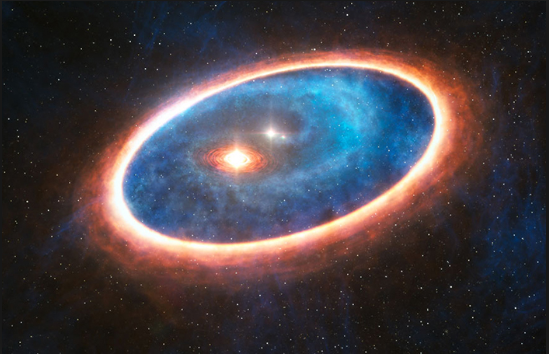The complex planetary synchronization structure of the solar system
The biggest planets of our solar system as a planetary orbits maybe explain mystery of Sun's 11-Year Cycle, a team of researchers from Helmholtz-Zentrum Dresden-Rossendorf (HZDR), as a research institute in Dresden, Germany, also said, there is an astonishingly high level of concordance showed that the tidal forces of biggest planets influence the cycle of solar activity, resolving one of the bigger questions in solar physics. The complex planetary synchronization structure of the solar system, which since Pythagoras of Samos (ca. 570–495 BC) is known as the music of the spheres, is briefly reviewed from the Renaissance up to contemporary research. Copernicus’ heliocentric model from 1543 suggested that the planets of our solar system form a kind of mutually ordered and quasi-synchronized system. From 1596 to 1619 Kepler formulated preliminary mathematical relations of approximate commensurabilities among the planets, which were later reformulated in the Titius-Bode rule (1766-1772) that successfully predicted the orbital position of Ceres and Uranus. orbital movements of Venus, Earth, Jupiter and Saturn also Neptune. The general conclusion is that the solar system works as a resonator characterized by a specific harmonic planetary structure that synchronizes also the Sun’s activity and the Earth’s climate.



Comments
Post a Comment